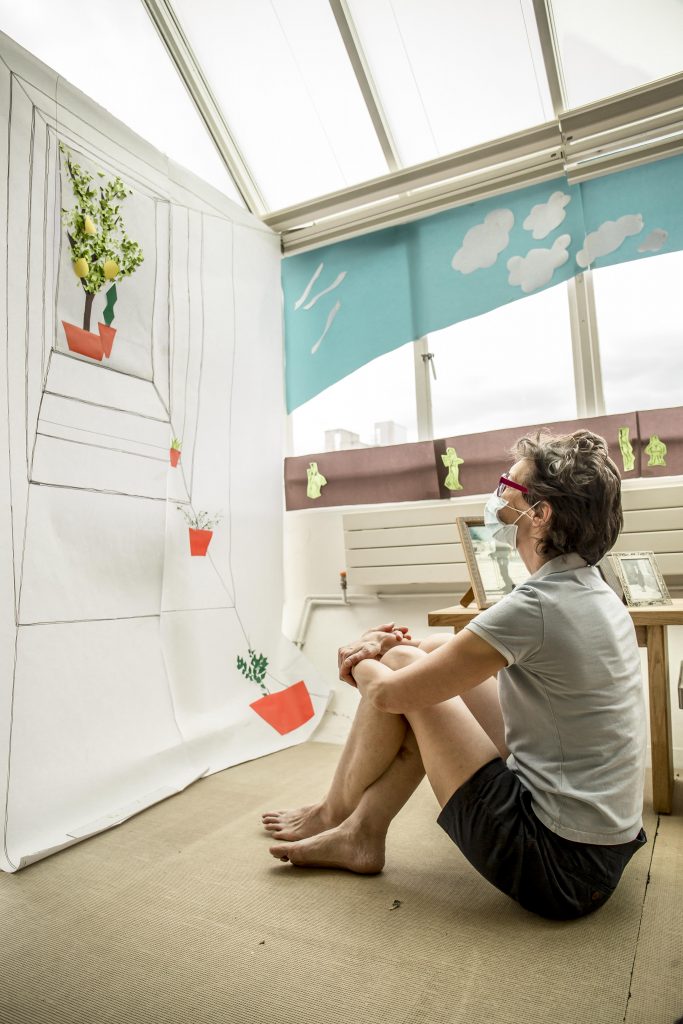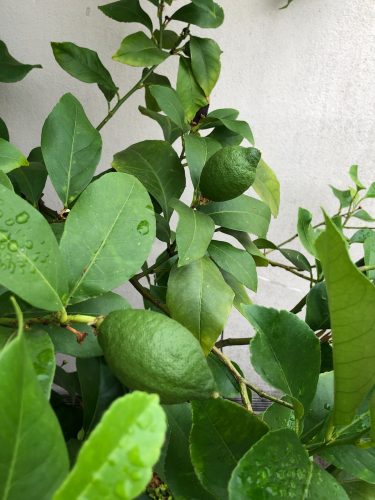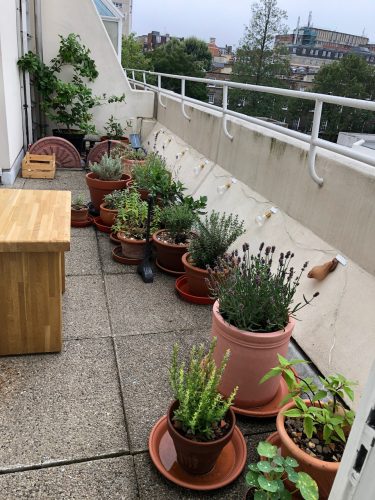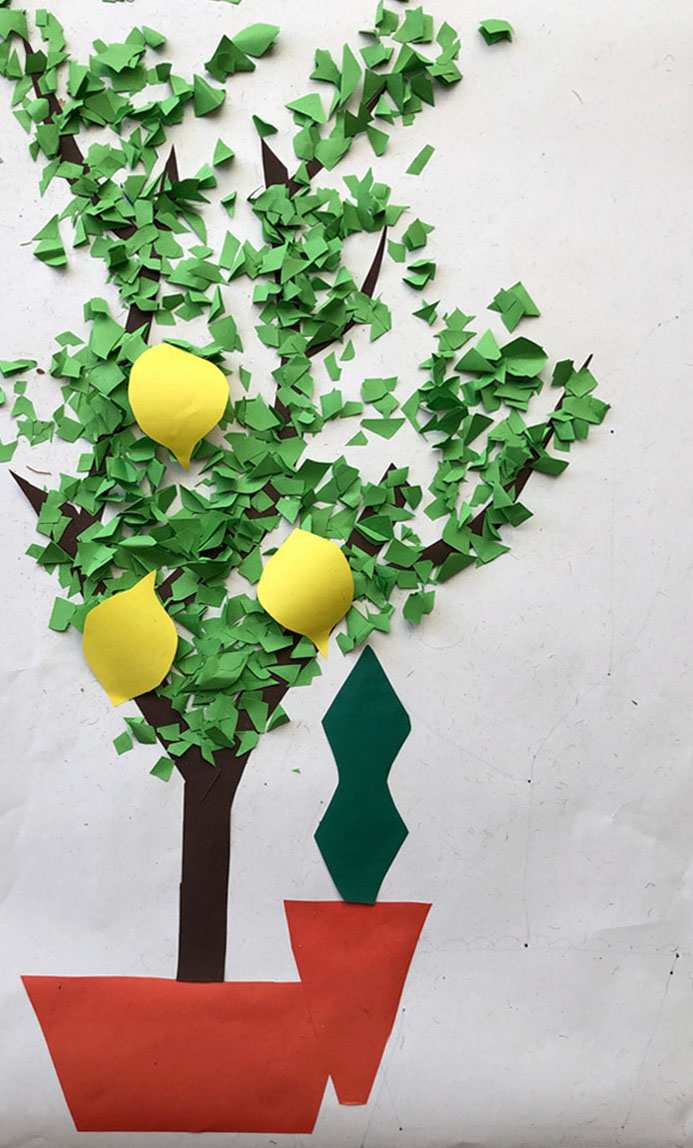(Un)forgotten flora is goign to be an online exhibition curated by Francis Annagu in a “Creativity from HOME” experimental residency curated by Co-iki. We were asked for ‘strange flowers’ we wanted to focus on I chose the lemon: Citrus limon and the Persian oak
Aas part of my installation Safe as Houses, I made a paper lemon tree. This was an attempt to take back some personal control in a really out-of-control time. With the torrent of very bad news affecting the whole world, it felt good to attach a trees-worth of leaves to my paper tree-trunk. And especially to create my realistically-plump lemons.
But, in a large perspective drawing, I purposefully set my lemon tree very far away, to underline the ongoing isolation and separations following on the pandemic.

I especially wanted to emphasise how upsetting it was to be so far away from the huge-and-lovely natural world.
The rest of my front room installation was about death and loss – but my paper lemon tree was a beacon of growth and life. Even if that was far far away.
The real-life tree on my small balcony, kept me sane as it blossomed and fruited. I live alone, and I knew I was very lucky to have something that I could touch and care for.
Shortly after lockdown started, my tree had a massive first crop of flowers. Seeing and smelling them was (literally!) intoxicating. The fruits started to develop. And then there was a second crop of flowers.

So even though there is an ongoing massacre of the most vulnerable individuals, there is some hope in the natural world.
When I was allowed out of my flat, the first thing I’ve done is to get many more plants for my balcony. So that my lemon tree and I are surrounded by much more of the natural world. I know – even more than before – how important this is.

Lemons are, however, do have some less pleasant links.
In 1747, James Lind discovered that scurvy could be prevented and cured by lemons (and oranges and limes).
So lemons can be seen as a key driver of the world voyages of the Europeans – and therefore of Western and especially British imperialism.
And finally, I’d like to share another connection I have with citrus. After I worked as the Chief Medical Officer on the actively volcanic island of Montserrat, I transcribed the family papers of the Sturges. In 1857, Joseph Sturge, an important Quaker abolitionist, purchased the Elberton Sugar Estate on Montserrat to grow limes and show that free labour was productive. Theres more about the Sturge’s on Montserrat here and here.

The Sturge family papers describe a hurricane. The letter writer had no idea what a hurricane was. They had no warning, and no idea what to do. The roof of their shelter blew away, and they had to try to find another shelter as the winds raged.
They didn;t understand that the ‘eye’ of the hurricane was only a temporary respite. What sort of hell would you imagine yourself in, when the terrifying winds restarted again!
Most importantly for the Sturge lime business, when the winds eventually calmed, most of their trees were destroyed.
